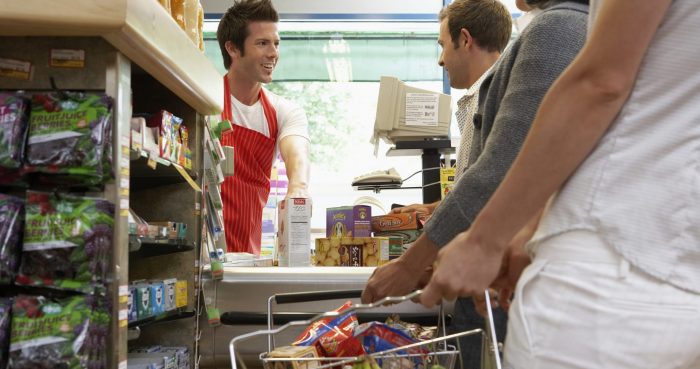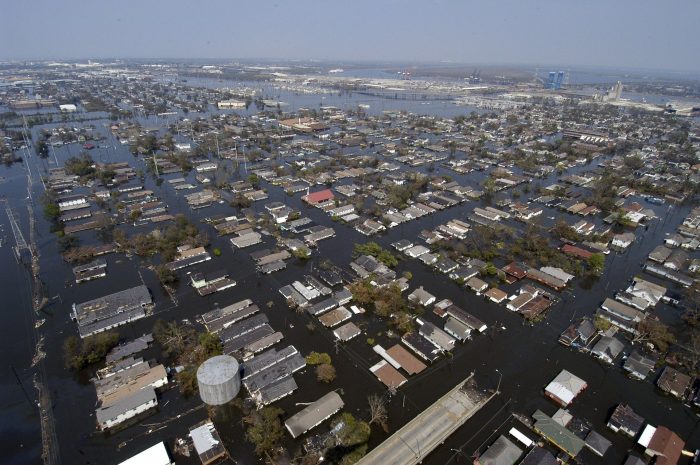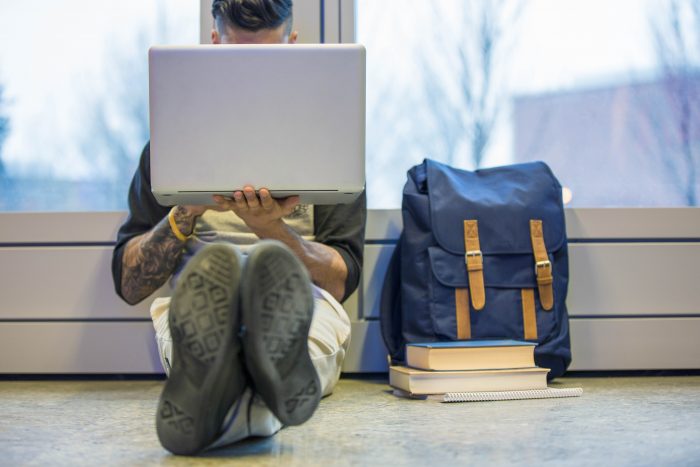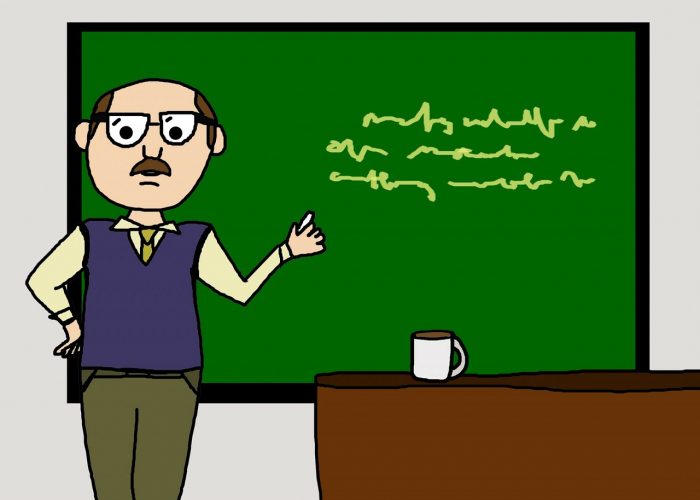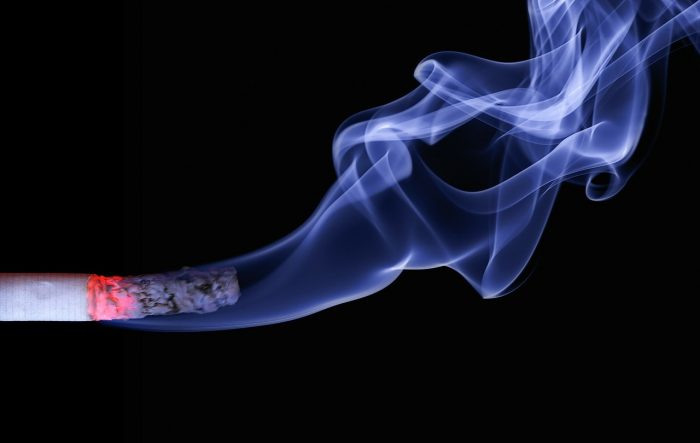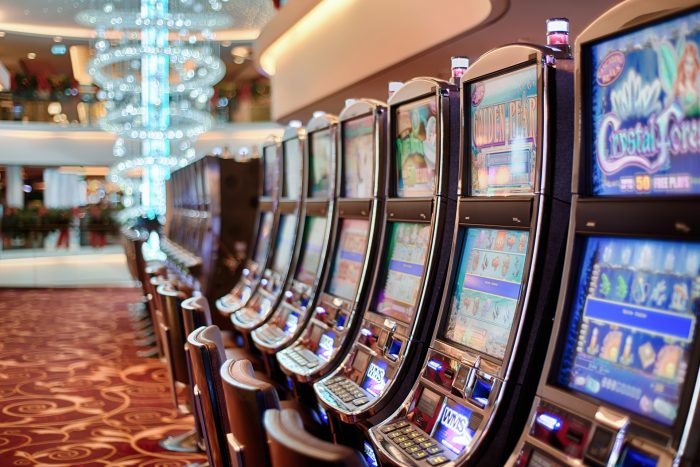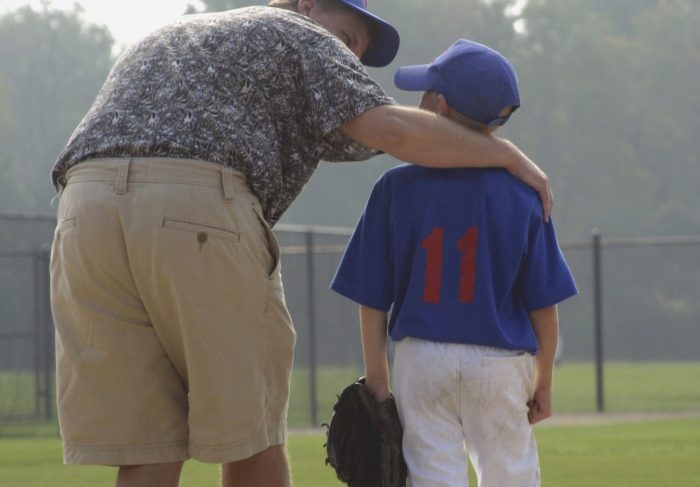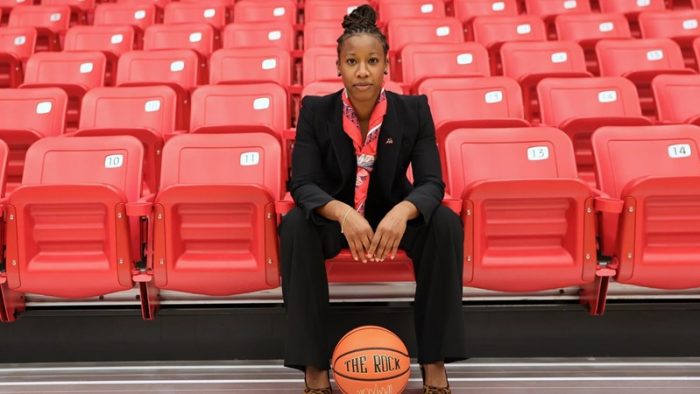By Daniel Dunaief

In a fractured and uncertain world, the skill sets that make us marketable to potential friends, employers and neighbors have shifted.
Sure, competence, professionalism and experience can and do come in handy in the context of numerous environments. These days, though, getting along with others and navigating through the cacophony of frustration beamed into our living rooms and phones on an hourly basis seems to have elevated what otherwise might seem like trivial skill sets in another time.
I have come up with a list of skills or, perhaps more appropriately, qualities that might be helpful in the modern world.
I don’t overuse the word “literally.” To emphasize a point, people often literally throw the word “literally” into phrases, as in “I literally hate tofu.” I’m not sure you can figuratively hate tofu, but I don’t overuse that word.
I keep a straight face: even when confronted with outrageous claims in which others hold fast to ideas, to heroes or to patterns I find questionable or even objectionable, I don’t wince, roll my eyes or shout them down until I’m in the safe space of my home with my wife.
I know how to write a handwritten note. Electronic communication has become so ubiquitous that sharing a personal touch that comes from writing something by hand has scarcity value.
I have trained my dog to do exactly what he wants. Sure, other people have trained their dogs to sit, roll over, fetch the newspaper and come to them when they call, but my dog does exactly what he wants. That means when he wags at me, he’s genuinely excited to see me and he’s not just wagging because he’s expecting some immediate reward or punishment.
I can find almost anything in a supermarket. Having spent an embarrassing amount of time searching the supermarket for foods that satisfy four diets and that take the place of in-person dining and social interactions, I can find most items sooner than supermarket employees.
Through a hard-target search of every bed sheet, blanket and pillowcase, I can find the remote control. While that may seem trivial, it shows a willingness to go the extra mile to avoid having to take a few extra steps to change the channel.
I speak teenager. Yes, they are wonderful people who not only have a shorthand way of speaking, but also have a tendency to multitask while they are talking, looking at their phones or speaking through a mouthful of food. I can interpret much of what they say even when they appear to be offering disconnected sounds in a guttural and frustrated language.
I can finish an entire chapter in a non James Patterson book without checking email or texts. That means I can concentrate for longer periods of time. Patterson is excluded because the chapters in his violent novels are often shorter than this column.
I can make myself laugh. Every week, I enter the New Yorker cartoon contest. The captions I write never win, but they make me laugh.
I have a wealth of untapped ideas. I look at all the masks around me and think, “Hmm, I could come up with so many new mask products.” For example, how about mood masks, which change color depending on the person’s mood? Or, perhaps, masks with the outline of states, presidents of the United States, or images of abolitionists, important women in history or slogans? Masks could become the equivalent of educational posters hung on the walls of classrooms or, if you prefer, facial bumper stickers, giving someone starting at our covered mouths a chance to read or see something new.


